High-heeled shoes, contraindicated with work
The General Council of Official Colleges of Podiatrists "absolutely" discourages the requirement and use of high-heeled shoes at work. This is what he warns in a statement after learning that an employee has been fired from her company for refusing to wear 9-centimeter heels during her eight-hour workday.
Never more than 5 centimeters of heel
Its "aesthetic benefits" are associated with side effects. Because the heel affects walking: the locking of the ankle joint in plantar flexion, which is increased proportionally with the height of the heel, means that the upper joints, both the knee and the hip, must make more movement and, consequently, , a hip sway that is antiphysiological.
The position of the metatarsals with a moderate heel, between one and four centimeters, is in optimal conditions: an angle with respect to the ground that allows the support of the most anatomically prepared part to step on, with the help of the fibrocartilaginous elements and protected by the best shock absorber ever. designed: plantar fat.
However, the moment we walk in two-inch heels, all this wise body design falls apart: we shift to carrying more than 75% of our weight on the most sensitive part of our metatarsals, the cartilage, and subjecting ourselves to barbaric pressures to the plantar plates of our joints, which can generate inflammation, fissures and, not infrequently, breakage of the same.
In addition, it should be noted that, associated with the heel, the stilettos generate a compression of the digital segments with the consequent short or long-term skin injuries, such as wounds, calluses, crow's eyes, ingrown nails or subungual exostoses.
The platform can be the solution
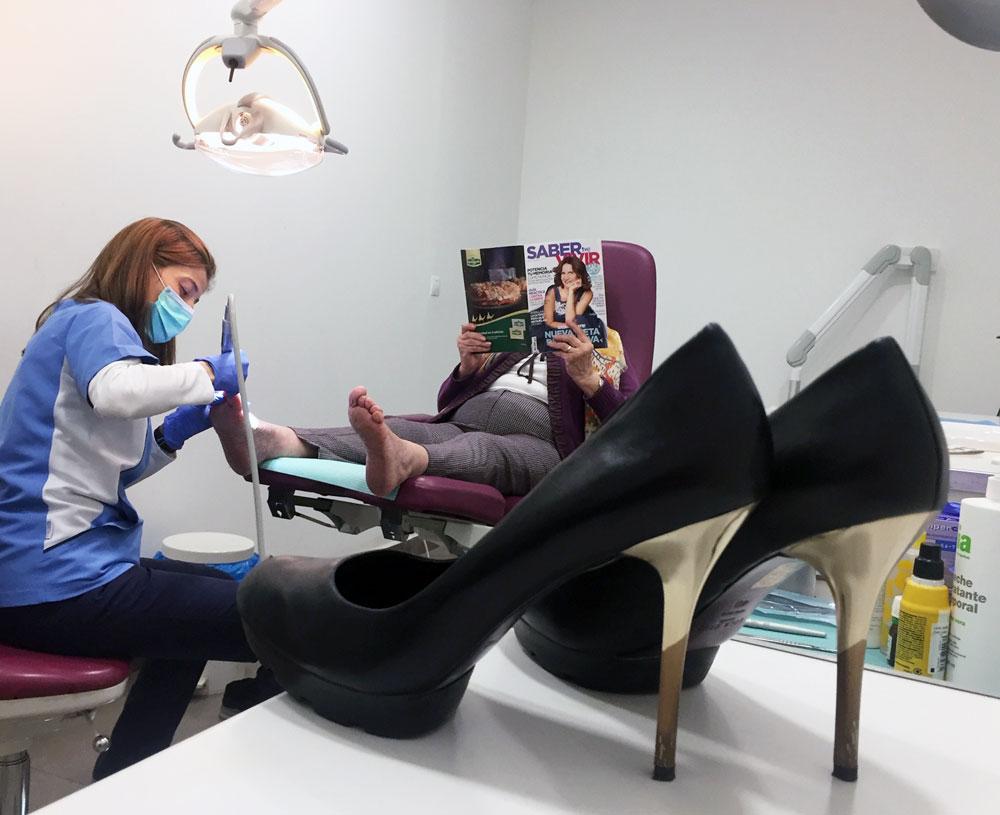
These undesirable effects can be reduced by wearing shoes that have a platform since, in this way, the pressure on the forefoot will be reduced without losing height. Metatarsal discharge insoles or cushioning material insoles can be good allies inside the shoe, since they provide greater comfort, although it must be borne in mind that it is a temporary “solution”. Whenever possible, choose wide lasts and flexible materials such as leather, and walk as little as possible with high-heeled shoes, certainly not 8 hours.
The General Council of Podiatric Associations does not intend to demonize heels. The secret is in the use and not in the abuse: moderate use can favor the self-esteem of those who wear them and abuse will ruin their feet.
Work footwear
In any case, in the professional field it is essential to take into account a series of recommendations for foot care during the course of the working day, and especially for workers in sectors such as construction or industry. The Council of Podiatric Associations points out the importance of wearing work or safety footwear, an element that is part of the individual protection equipment (PPE) of any worker, and of the current occupational safety regulations (EN-344, EN- 345, EN-346 and EN-347).
Eight hours of standing affects feet, knees and hips
According to the Council of Podiatrists, the purpose of safety footwear is to protect the foot and especially fingers and nails and, therefore, the human body from the possible risks involved in carrying out a work activity. "The feet, especially the fingers, are usually the areas most exposed to injuries from falling objects, impacts and various blows, so it is necessary to choose resistant footwear," says the Secretary General of the Council, Juan Dios. Specifically, if the work activity involves standing for a long period of time, either in a static or moving position, the general secretary points out that problems in the joints of the feet, knees, hips and spine are usually common, "so that work shoes can be a good prevention method».
Aspects to consider
The General Council specifies the aspects that must be taken into account when choosing the right type of shoe for each user: the time that the footwear will be used, the position and the place where the work activity is carried out. in order to adapt the properties of the shoe to the work and the legislation of each sector. It is also important to attend to the physical characteristics of each person to adapt the footwear to the needs of her body. Podiatrists recommend choosing the correct size, trying it on, if possible, towards the end of the day, when the foot is most dilated.
Ideal characteristics for work footwear
Regarding the specifications of the footwear, the CGCOP recommends choosing one resistant to cold and heat, with protection in the toecap and heel area, with a closure that provides good support, that is as ergonomic as possible, to facilitate foot movement. inside, and that the materials are waterproof. It also indicates that it is essential that it be breathable, that it includes a non-slip and antistatic sole to prevent electrical accidents, and that the midsole has internal reinforcement to prevent perforations.
On the other hand, the Council recommends using light shoes, since heavy footwear will make it difficult for the user to carry out their professional activity correctly.
Finally, in the event that the worker has doubts regarding the most appropriate footwear for his foot and the activity he performs, he can consult the podiatry professional he trusts for advice on the shoe that best suits his needs. needs.


















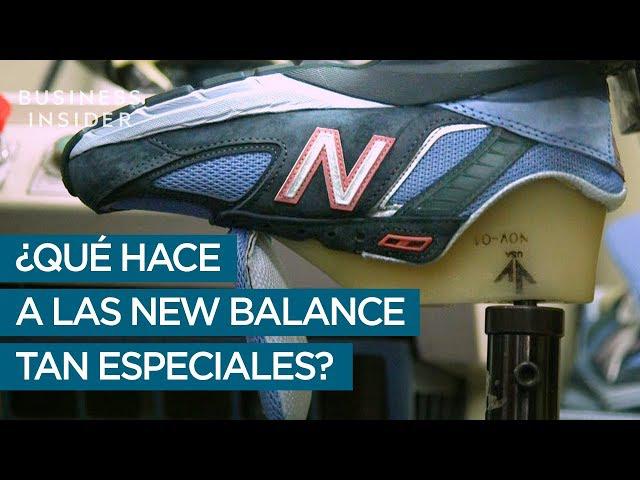
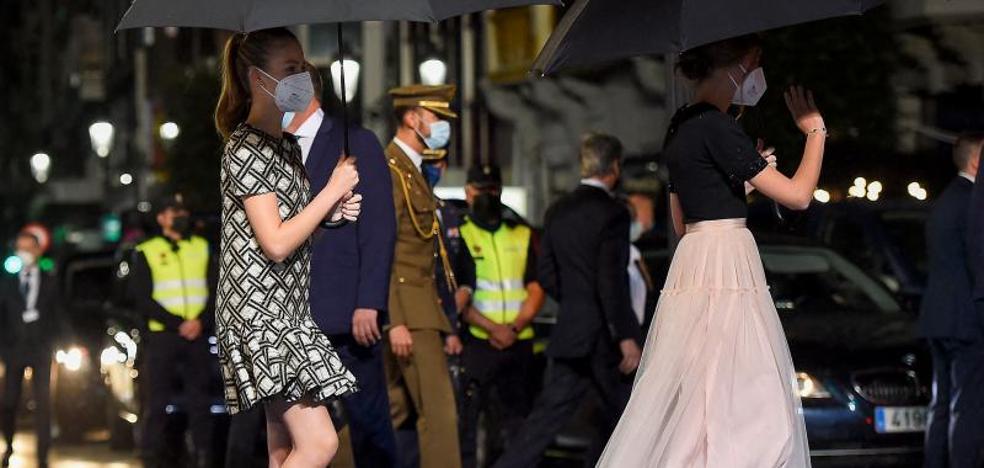
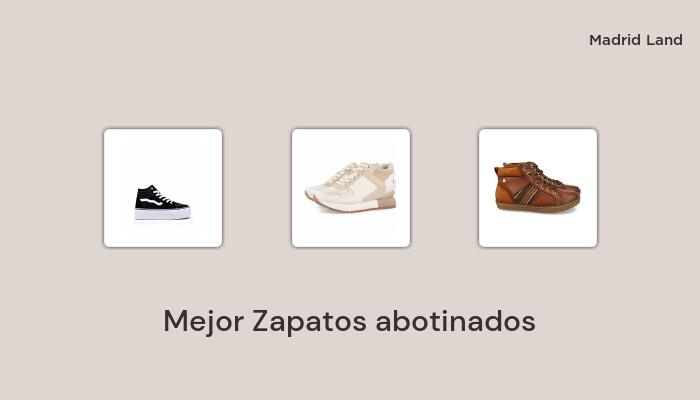
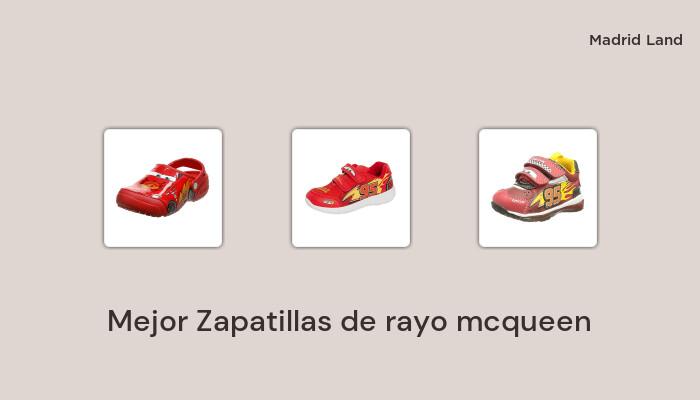

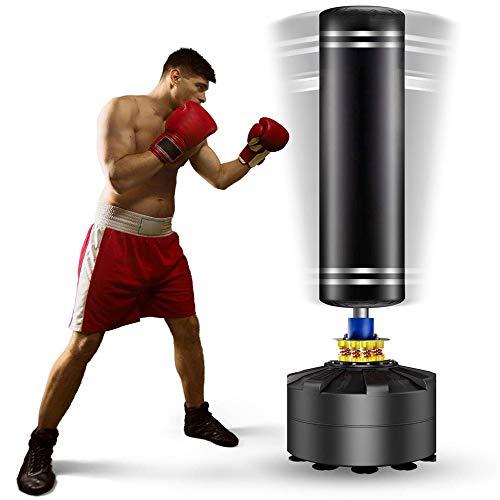
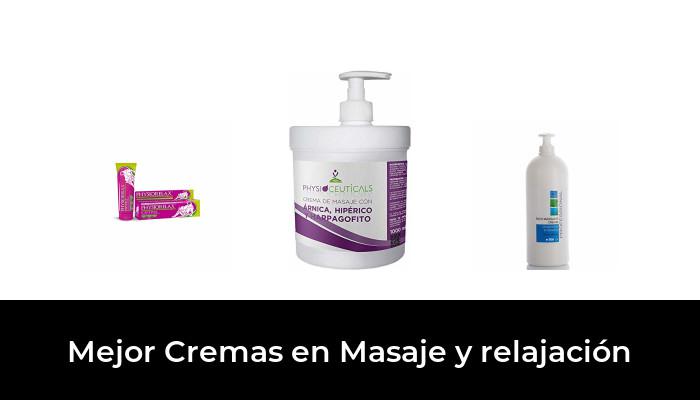
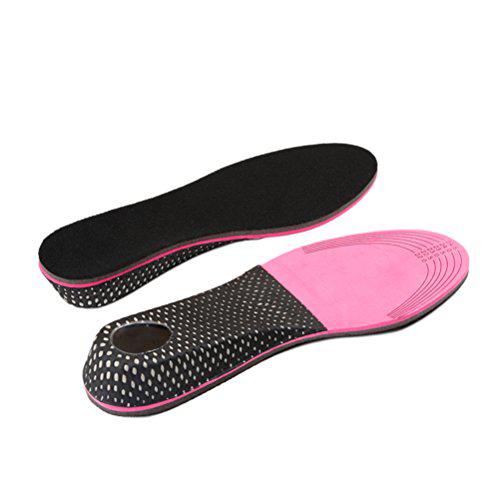
New Balance shoes: from "no one endorses them" to becoming the new favorite shoe of some sports stars
05/02/2022This is the video transcript.Fabiana Buontempo: What do tennis star Coco Gauff, NBA MVP Kawhi Leonard, and Liverpool footballer Sadio Mané have in common? They all use...